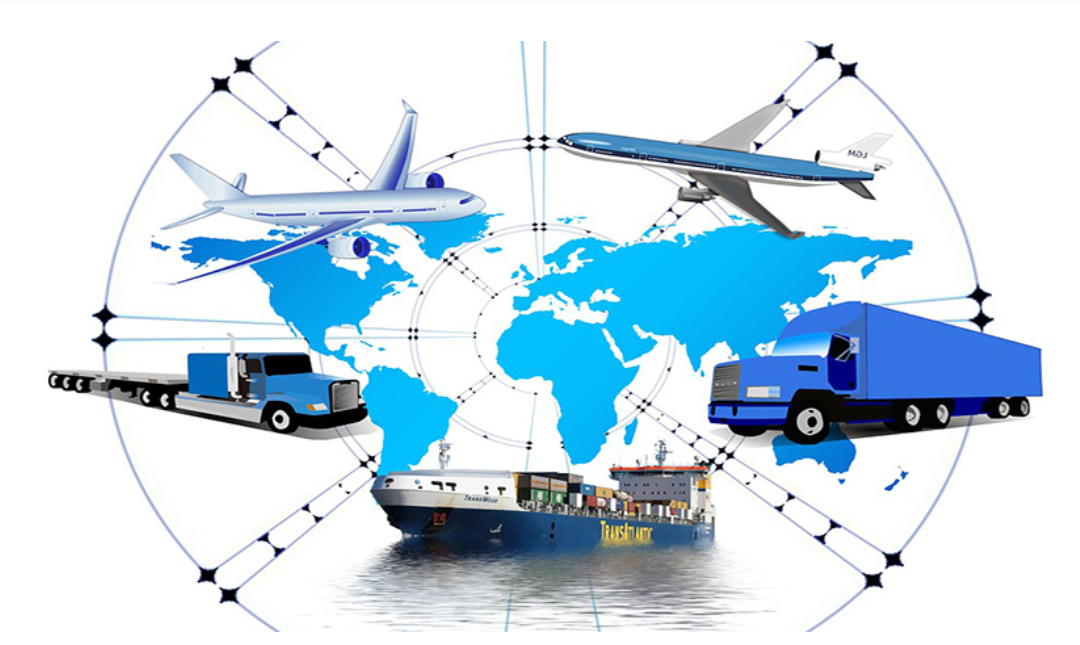In general, large-scale or cost-saving international trade transportation mainly uses sea freight. Therefore, we focus on the main risks in international trade by sea freight.
Risk 1: Risk on the Sea
During the transportation, once there is a weather change or there factors, it is easy to have risks. These risks are collectively referred to as risks on the sea. They can also be specifically classified into natural disasters caused by changes in the natural environment, such as lightning, tsunami, lightning, floods, volcanic eruptions, etc.. As well as stranding due to human factors, such as rock collisions, stranded, fires, etc. But if you’ve purchased insurance, accidents can be compensated. Many types of insurance can also effectively insure these accidents.
Risk 2: External risks
External risks and Risk on the Sea can easily be confused. In general, Risk on the Sea are directly applied to the vessel, causing accidents to the cargo meanwhile, while external risks are directly at the cargo, it’s a series of problems with the cargo under normal conditions. It is mainly divided into general external risks and special external risks. Generally, external risks refer to the loss of goods caused by theft of the crew during transportation. The risk of damage to the goods because of rain, moisture, heat, mildew, rust, etc. Special external risks mainly refer to some large-scale emergencies in the departure port or destination port, such as the ship cannot enter or leave the port due to war, strike or other uncontrollable measures.
Risk 3: Fraud risk
The risk of fraud in international trade transportation is the most harmful risk. There are many types of fraud risks, such as document fraud, illegal goods, and shipwrecks. In general, the risk of fraud exists between traders, shipowners and charterers, and is a subjectively conscious business practice that needs to be distinguished from crew theft in external risks. Among the many fraudulent incidents, depending on the participants, they are mainly divided into international fraud by traders, fraud by traders and shipowners, and fraud by shipowners. Because participants are different, the victims of the three types of fraud are also different. Sea freight fraud is really complicated, specific situations require specific analysis.
Conclusion
There are basically three types of sea freight risks. If the value of the product is relatively high, you must purchase insurance. In addition, it is best to pay more attention to the news of the import and export port before shipment to prevent uncontrollable situations. And don’t be too worried. More than 98% of the trade by sea is very safe. As long as you are prepared, buy insurance, and sign a rigorous contract with the trader, there will be no major problems.

